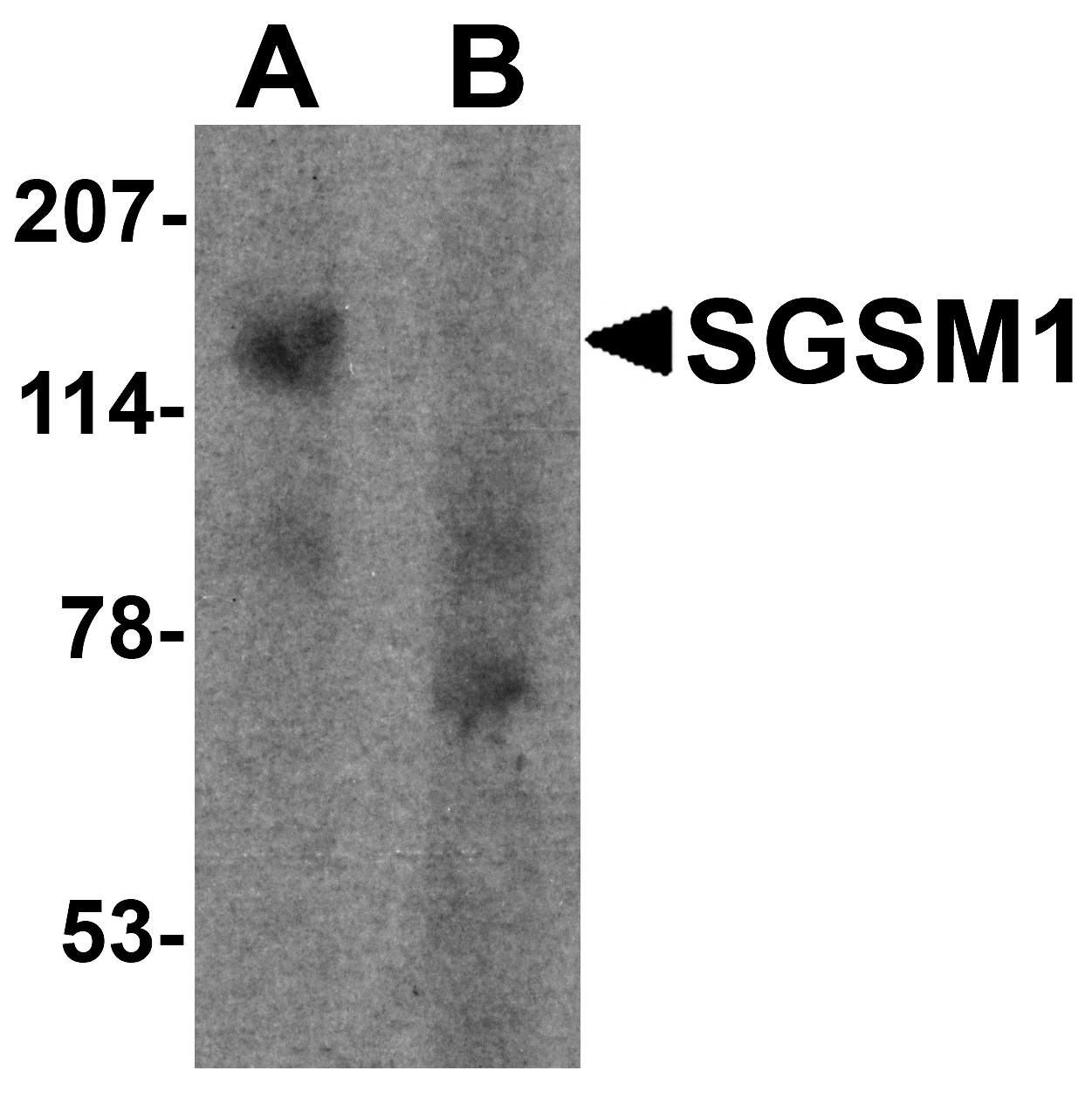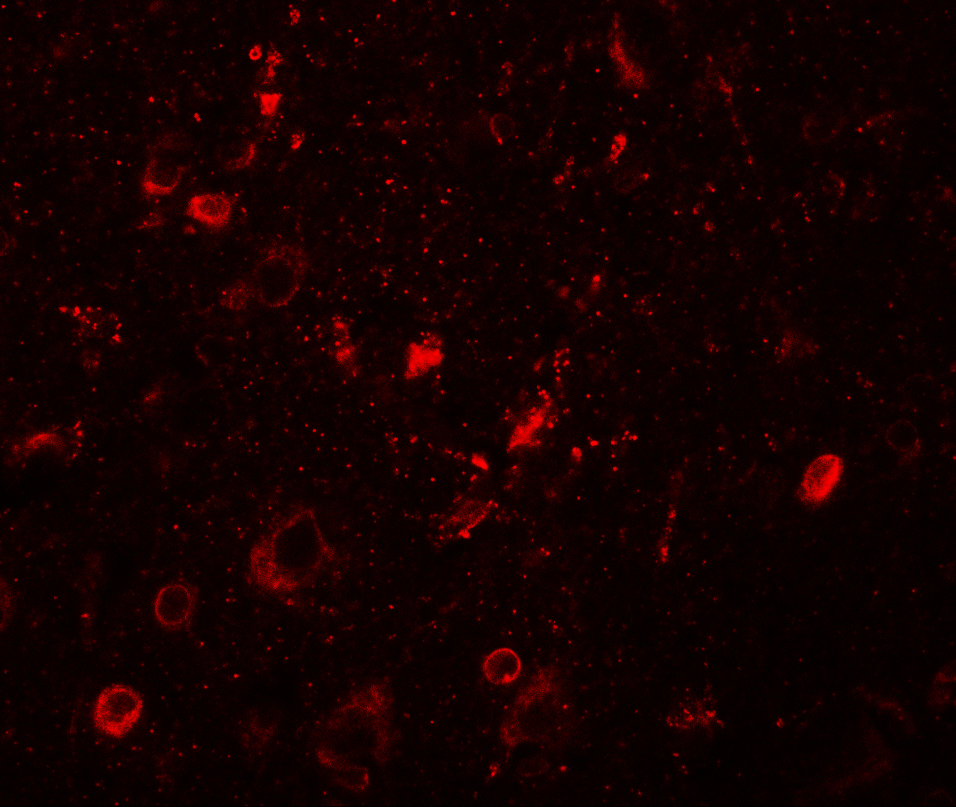SGSM1 Antibody
Product Code:
PSI-7033
PSI-7033
Host Type:
Rabbit
Rabbit
Antibody Isotype:
IgG
IgG
Antibody Clonality:
Polyclonal
Polyclonal
Regulatory Status:
RUO
RUO
Applications:
- Enzyme-Linked Immunosorbent Assay (ELISA)
- Immunofluorescence (IF)
- Western Blot (WB)
No additional charges, what you see is what you pay! *
| Code | Size | Price |
|---|
| PSI-7033-0.02mg | 0.02mg | £150.00 |
Quantity:
| PSI-7033-0.1mg | 0.1mg | £449.00 |
Quantity:
Prices exclude any Taxes / VAT




